Natural Stone to Modern Trends: Timeless & Eco-Friendly Bathroom Tiles
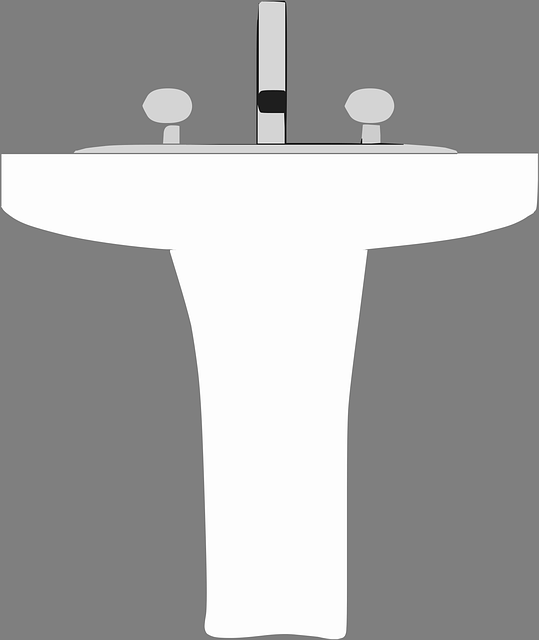
Natural stone tiles have been a staple in bathroom design for their timeless elegance and durability…….
Bathroom Tile Patterns and Trends: A Comprehensive Guide
Introduction
In the realm of interior design, few elements can transform the ambiance of a space as profoundly as tile patterns in bathrooms. These small but mighty mosaics are not just functional; they serve as a canvas for personal expression and a reflection of contemporary and future design trends. This article delves into the intricacies of bathroom tile patterns and trends, exploring their historical context, global impact, economic considerations, technological advancements, policy landscape, challenges, case studies, and what the future may hold. Readers will gain a comprehensive understanding of how these tiles influence design aesthetics and functionality, as well as their role in modern living spaces.
Understanding Bathroom Tile Patterns and Trends
Bathroom tile patterns encompass the arrangement, size, color, texture, and material of tiles used within bathroom environments. These elements come together to create visual interest, define spatial boundaries, and offer functional benefits such as water resistance and ease of maintenance. The history of bathroom tiles dates back to ancient civilizations, where mosaics were a status symbol and a form of artistic expression. Over time, the use of tile in bathrooms has evolved from simple functionality to an art form that reflects cultural shifts, technological advancements, and design innovations.
Global Impact and Trends
The influence of bathroom tile patterns and trends is felt worldwide, with different regions showcasing unique styles influenced by local materials, culture, and climate. For instance, the Mediterranean region has a rich history of using terracotta and ceramic tiles, often characterized by geometric patterns and warm hues. In contrast, Scandinavian countries favor minimalist designs with light colors and simple layouts that maximize the perception of space. North America and Europe tend to follow global trends while infusing local design elements, creating a diverse tapestry of styles.
Economic Considerations
The market for bathroom tiles is driven by consumer demand for aesthetically pleasing and functional spaces, as well as advancements in manufacturing technology. Economic factors such as material costs, labor expenses, and global supply chain dynamics influence the affordability and availability of different tile types. Additionally, bathroom tiles play a significant role in the economic ecosystem by creating jobs, supporting industries related to design, construction, and maintenance, and contributing to the overall value of homes and commercial properties.
Technological Advancements
Innovations in tile manufacturing have led to the creation of new materials, such as eco-friendly options made from recycled content, advanced ceramics with superior durability, and smart tiles that incorporate technology for enhanced functionality. These advancements not only improve the aesthetic appeal of bathrooms but also their sustainability and efficiency. Future potential includes the integration of biotechnology, where living organisms might play a role in creating self-cleaning or self-healing surfaces.
Policy and Regulation
Policies and regulations governing bathroom tile patterns and trends ensure safety, accessibility, and environmental sustainability. Building codes often dictate material requirements, water efficiency standards, and anti-slip surface specifications. Additionally, international bodies like the International Sanitary Foundation provide guidelines to ensure public health and safety in bathroom design. Regulatory frameworks also promote sustainable practices within the industry, influencing how tiles are produced and disposed of.
Challenges and Criticisms
Bathroom tile patterns and trends face challenges such as adapting to changing consumer preferences, addressing environmental concerns, and ensuring compatibility with different design styles. Critics often highlight the need for greater innovation in sustainable practices, affordability for a wider demographic, and a balance between trend-following and timeless design. Addressing these issues involves a concerted effort from manufacturers, designers, and policymakers to prioritize sustainability, affordability, and adaptability.
Case Studies
Several case studies exemplify the successful application of bathroom tile patterns and trends. For example, a modern spa might use large-format tiles for a sleek, contemporary look, while a historic home restoration project might replicate traditional patterns to maintain the property’s character. Each case study offers valuable lessons on design coherence, material selection, and the integration of historical and modern elements.
Future Prospects
The future of bathroom tile patterns and trends is poised for growth, with a focus on sustainability, health-conscious designs, and smart technology integration. Emerging trends include the use of 3D printing for custom tile designs, biophilic design elements that bring nature into the bathroom, and materials that offer enhanced thermal properties. Strategic considerations for designers and manufacturers include adapting to consumer demands for personalization and staying abreast of environmental regulations.
Conclusion
Bathroom tile patterns and trends are integral to the design and functionality of modern bathrooms, reflecting a blend of artistic expression and practicality. This article has explored the depth and breadth of these elements, from their historical roots to their future potential. As an industry that continuously evolves, bathroom tiles will undoubtedly continue to influence design aesthetics, offer functional benefits, and provide a canvas for personal style, all while adapting to global economic, environmental, and cultural shifts.
Tables and Figures
To support the text, this article could include tables detailing market trends over time, figures showcasing the evolution of bathroom tile designs, and infographics explaining the impact of policy on industry practices. These visual aids would enhance readers’ understanding and provide a clearer picture of the industry’s dynamics and future trajectory.
In summary, bathroom tile patterns and trends are more than just surface decorations; they are a reflection of societal values, economic conditions, technological advancements, and design aesthetics. As we look to the future, these elements will continue to shape the way we interact with our living spaces and reflect our priorities and passions.

Natural stone tiles have been a staple in bathroom design for their timeless elegance and durability…….

The modern bathroom tile design trend embraces textured bathroom tiles for their depth, character, a…….
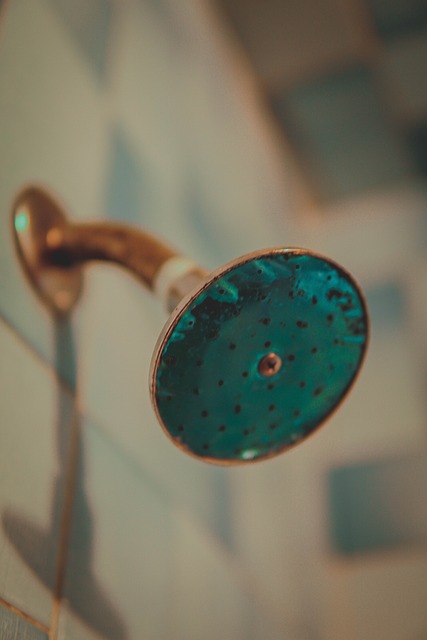
Hexagon tile patterns offer a flexible and stylish option for bathroom design, with various shapes a…….
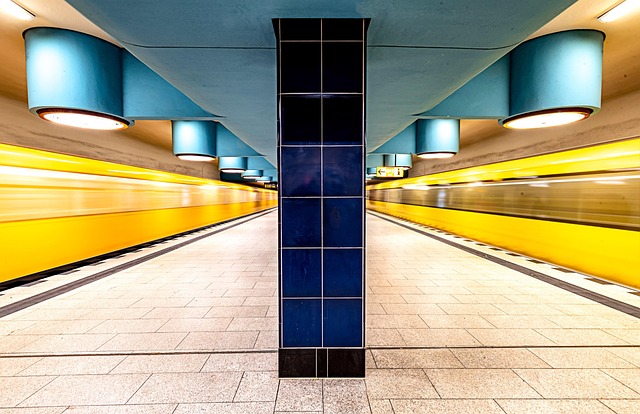
Choosing natural stone tiles is a popular interior design trend due to their unmatched beauty, durab…….
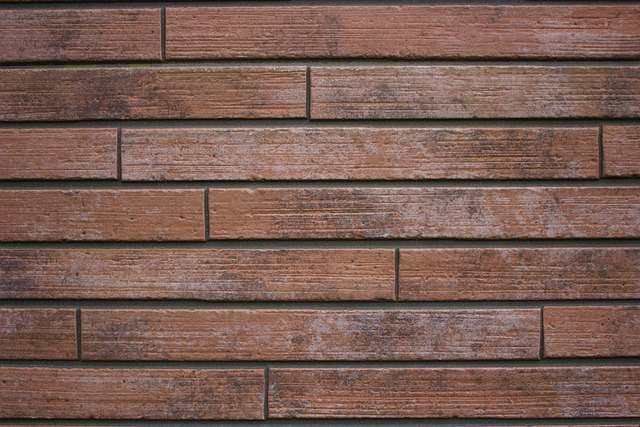
Natural stone tiles are a premier choice for bathroom design due to their timeless elegance, diverse…….

Eco-friendly bathroom tiles are gaining popularity as homeowners seek sustainable alternatives. Craf…….
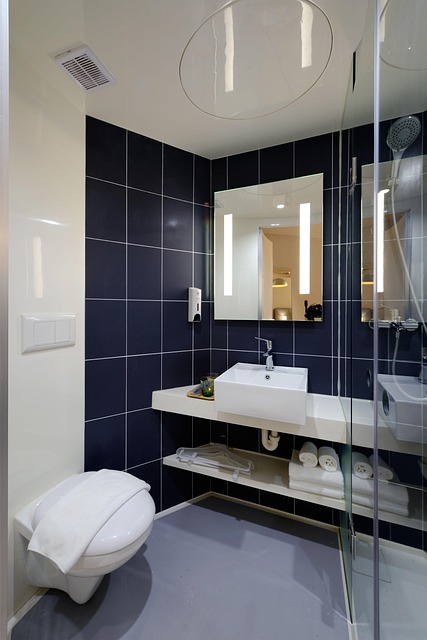
Modern bathroom tiles are evolving to cater to diverse homeowner tastes, with minimalism, geometric…….

Hexagon tile patterns are experiencing a resurgence in popularity, offering both designers and homeo…….
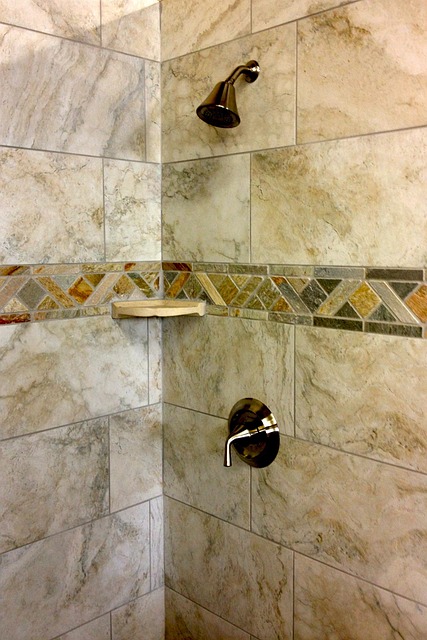
Recycled bathroom tiles are an eco-friendly and stylish option for homeowners looking to reduce thei…….

Personalized tile installation using recycled bathroom tiles offers homeowners an innovative, sustai…….